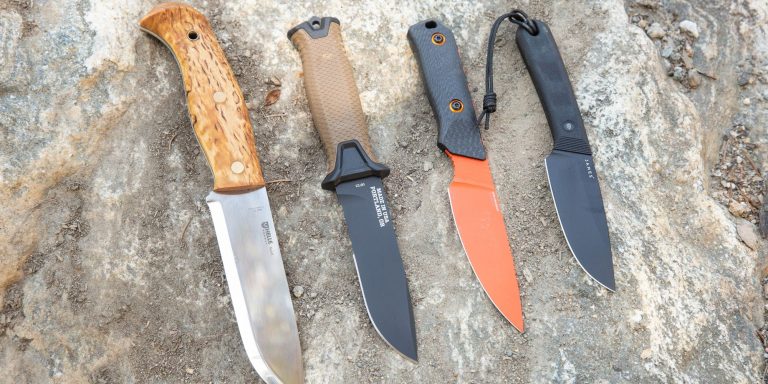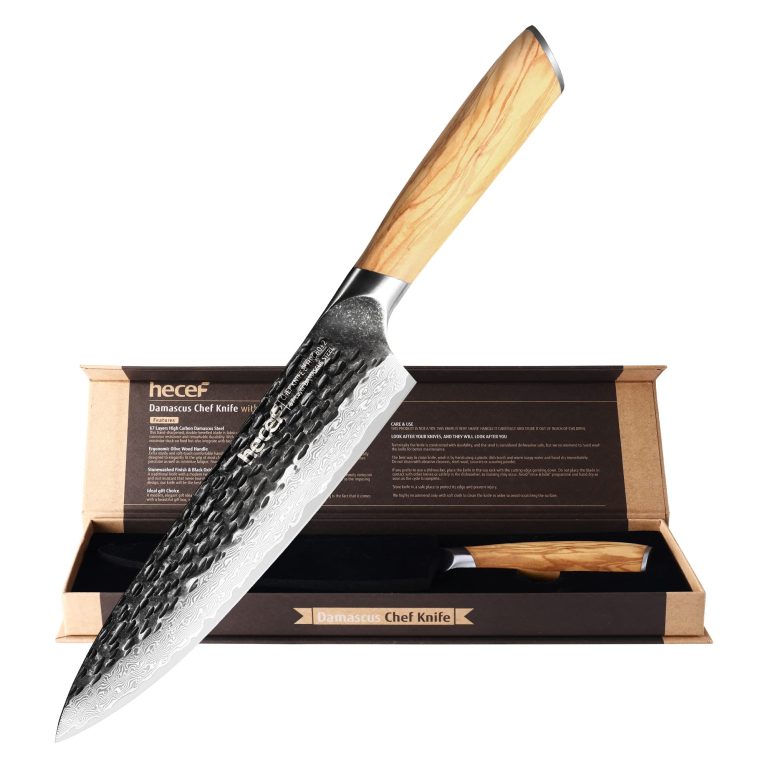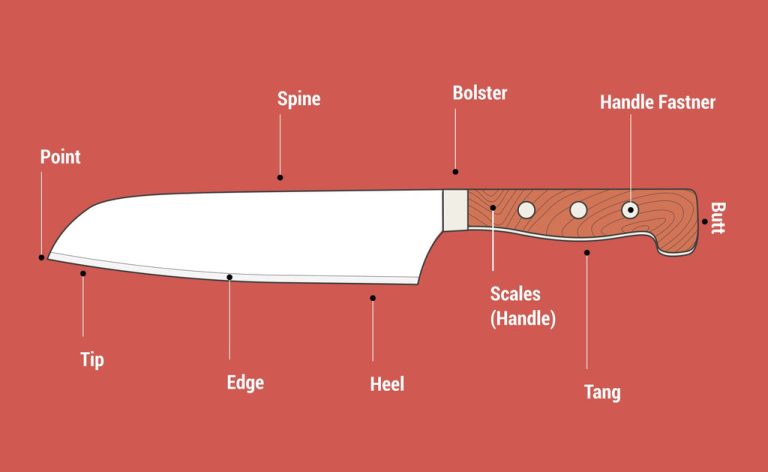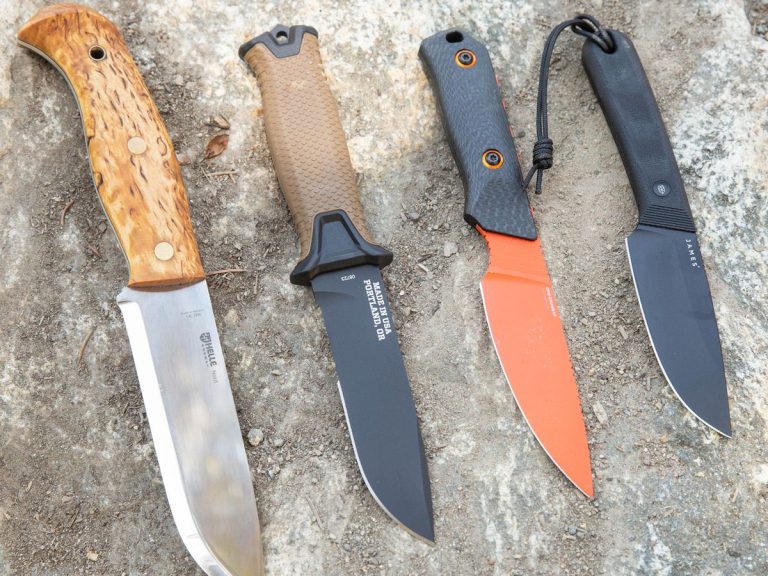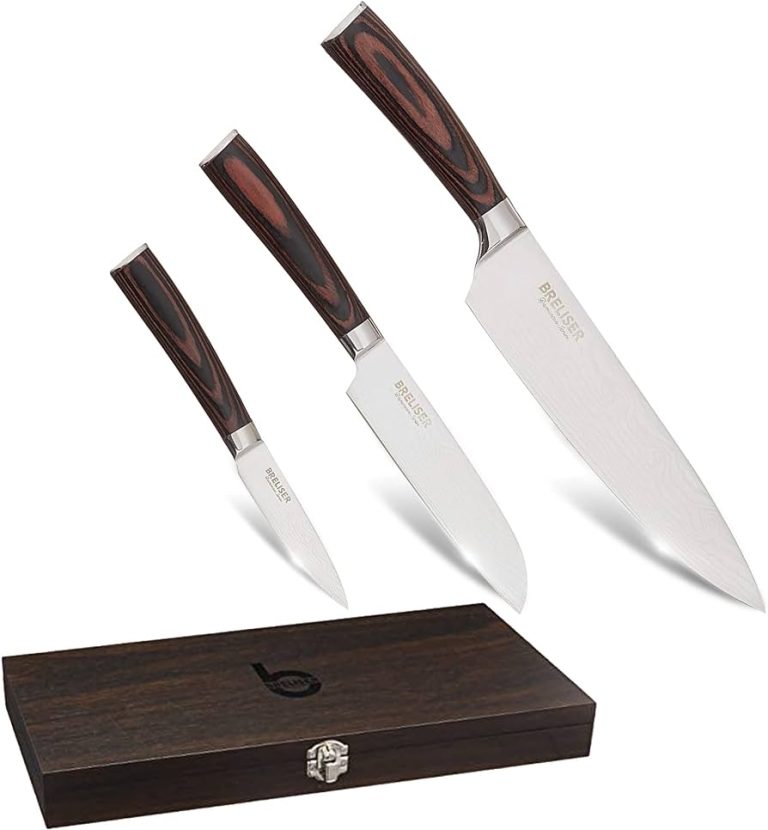Bread Knife Buyer’S Guide: Crispy Crusts And Perfect Slices
If you want crispy crusts and perfect slices, a bread knife is an essential tool. In this buyer’s guide, we’ll explore the features and considerations you need to make before purchasing a bread knife.
Whether you’re a professional baker or just love homemade bread, finding the right knife can greatly enhance your slicing experience. From blade material and length to handle design and ergonomics, we’ll cover all the aspects that will help you make an informed decision.
So, let’s dive in and discover the best bread knife for your needs.
Choosing The Right Bread Knife
A bread knife is an essential tool for any kitchen, allowing you to effortlessly slice through loaves of bread with precision. Choosing the right bread knife involves considering a few important factors:
Blade length: The length of the blade is crucial as it determines how effectively the knife can slice through different types of bread. A longer blade is ideal for large loaves, while a shorter blade is more suitable for small breads that require delicate cutting.
Handle material options: The handle of the bread knife should provide a comfortable grip and be durable enough to withstand frequent use. Options include wood, plastic, and stainless steel. Each material has its own advantages, such as wood being aesthetically pleasing and plastic being easy to clean.
By considering these factors, you can ensure that you choose a bread knife that is tailored to your specific needs, enabling you to achieve crispy crusts and perfect slices every time.
Understanding Bread Knife Blade Types
The bread knife is an essential tool for achieving crispy crusts and perfect slices. Serrated and scalloped blades are the two main types of bread knife blades. Each type has its own benefits and drawbacks.
A serrated blade has teeth along its edge, which allows it to easily grip and cut through bread without crushing it. It provides a clean and precise cut, making it ideal for crusty breads and bagels. However, it may tear softer breads and require more effort to slice through denser loaves.
A scalloped blade has rounded, semi-circular indentations along its edge. This design reduces friction, allowing the blade to glide through bread without crushing or tearing it. It’s perfect for softer breads, such as sandwich bread and pastries. However, it may not be as effective on crusty breads with hard exteriors.
Ultimately, the best blade type for crispy crusts depends on personal preference and the types of bread you commonly slice. If you primarily deal with crusty breads, a serrated blade will serve you well. For softer breads, a scalloped blade may be more suitable. Whichever blade you choose, make sure it is sharp and fits comfortably in your hand for optimal slicing.
Blade Material Matters
Bread knives are an essential tool for any kitchen, ensuring crispy crusts and perfect slices. When it comes to blade material, it’s important to consider the options available. Two common bread knife blade materials are stainless steel and high carbon steel.
| Stainless Steel | High Carbon Steel |
|---|---|
| Pros | Pros |
| • Durable and rust-resistant | • Excellent cutting performance |
| • Easy to maintain | • Holds sharp edge for longer |
| Cons | Cons |
| • Less sharp compared to high carbon steel | • Susceptible to rust if not properly cared for |
| • May require more frequent sharpening | • Requires extra care to avoid chipping |
High carbon steel blades offer superior cutting performance and hold their edge for longer, but they require extra care to avoid chipping. On the other hand, stainless steel blades are durable, rust-resistant, and easy to maintain, although they may require more frequent sharpening. Consider your preferences and cooking habits to choose the right blade material for your bread knife.

Credit: www.glutenfreealchemist.com
Maintaining Your Bread Knife
Proper storage and care are essential for keeping your bread knife in top condition. To start, always store your knife in a suitable knife block or on a magnetic strip to protect the blade from getting damaged. Avoid storing it in a drawer, as it can rub against other utensils and lose its sharpness.
Regular sharpening is crucial to maintain the knife’s cutting performance. Avoid using a regular sharpening stone as it can wear down the serrated edge. Instead, use a serrated knife sharpener or send it to a professional sharpener for optimal results.
When it comes to honing vs. sharpening, honing helps realign the blade, while sharpening removes metal to restore the edge. It is generally recommended to hone the knife regularly and sharpen it when needed.
Safety Tips For Bread Knife Usage
Using a bread knife can be a great tool in the kitchen, but it’s important to follow safety tips to avoid accidents and injuries. One crucial aspect is using a cutting board. Placing the bread on a stable surface will provide a solid base for slicing, preventing slips and mishaps. Next, proper hand placement and technique are essential. Hold the knife with a firm grip, placing your index finger along the spine for better control. When slicing, use a gentle sawing motion and let the serrated blade do the work. Avoid applying too much pressure, as it can cause the knife to slip. Lastly, always be cautious and concentrate on what you’re doing. Distractions can lead to accidents. By adhering to these safety precautions, you can enjoy using your bread knife while keeping yourself and others safe.
Popular Bread Knife Brands
| Popular Bread Knife Brands | ||
| When it comes to the perfect bread knife that delivers crispy crusts and perfect slices, there are several top brands known for their quality bread knives. | ||
| Brand | Reviews and Ratings | Price Ranges and Budget Options |
| Brand A | Highly rated models with positive customer reviews. | Offers a range of options to fit different budgets. |
| Brand B | Well-reviewed bread knives praised for their sharpness and durability. | Provides affordable choices without compromising quality. |
| Brand C | Known for their precision and excellent slicing performance. | Offers a variety of bread knives at different price points. |
| Brand D | Highly recommended models with positive feedback from customers. | Provides options suitable for both high-end and budget-conscious consumers. |
| Brand E | Consistently receives praise for their bread knives’ quality and performance. | Offers budget-friendly choices without sacrificing functionality. |
Conclusion
To ensure you achieve perfectly sliced bread with crispy crusts, investing in a high-quality bread knife is essential. As discussed in this buyer’s guide, there are several key factors to consider when choosing the right bread knife for your needs.
The length and sharpness of the blade, as well as the handle design, are all important considerations. Additionally, considering the type of bread you typically slice and how often you use the knife will help you determine the best knife for you.
Remember, a well-designed bread knife can make a world of difference in your bread slicing experience. Whether you prefer artisanal loaves or homemade bread, a well-chosen bread knife will ensure you achieve picture-perfect slices every time. So take your time, research your options, and make an informed decision that will make your love affair with bread even more enjoyable.

